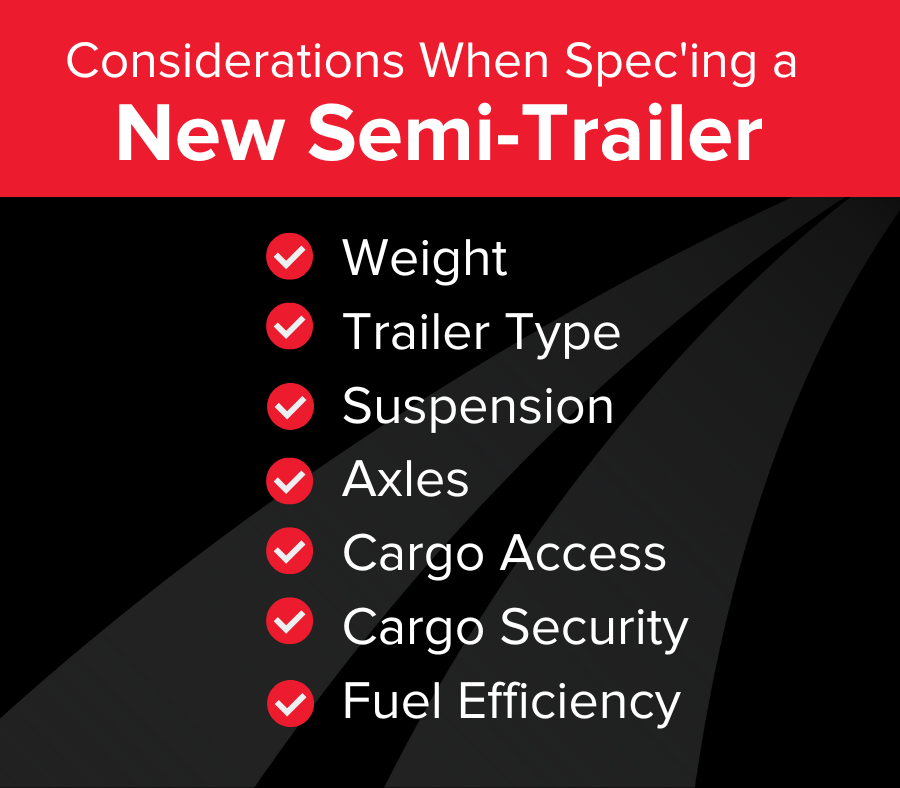When it comes to commercial trailers, there are several things to consider when spec’ing out your needs. Is temperature control important to your load? How can you keep the weight of commercial trailers down for added available cargo weight? Will certain structural aspects support your load requirements? How about securing loads? Do you always load and unload at a dock or is a lift gate needed? Roll or Swing doors? Suspension needs? How about fuel efficiency options such as skirting and tail fairings? It seems daunting, but some pre-planning can simplify the process and get you exactly what you need.

Why is all this so important? Carriers and their drivers are required to follow strict legal cargo weight limits based on their axles and the allowable gross vehicle weight. Your customers expect to have their product delivered safely and securely. Your stakeholders expect you to manage costs.
Before we even begin with trailers, it may help to understand commercial trucks in general, along with vehicle classes and more details on GVWR.
When spec’ing a trailer, you need to know the curb weight of your tractor, the GCWR and the Payload Rating. This is closely regulated and enforced. In addition to the possible penalties and fines, loads that are too heavy for the tractor or contain imbalanced loads can cause safety issues for your driver and the vehicles around them on the road.
There are a few different types of van trailers, and your typical cargo will determine what will work best for you.
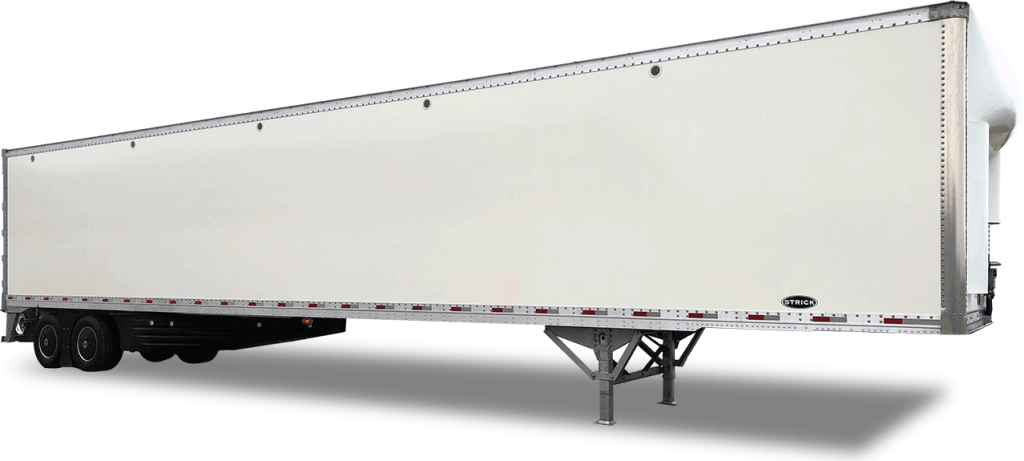
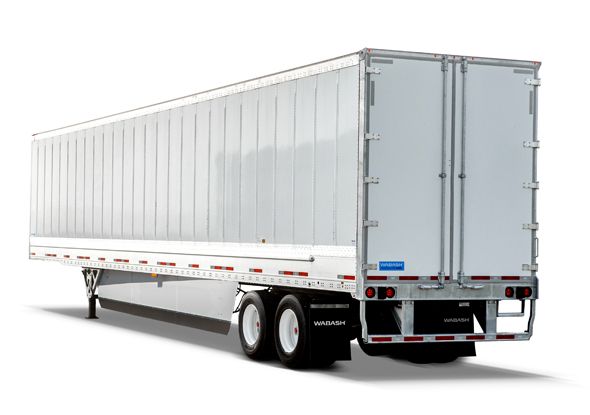
Once you have the box figured out, the next decision to make is suspension. Spring ride suspension provides a lighter weight which could allow for increased payload capacity. Due to its mechanical make-up, it may also have long-term lower maintenance costs, but does not offer the smoothest transport. Depending on cargo packaging and load security, it could work to your advantage. If your cargo is lightweight or fragile, consider using air-ride suspension. Air-ride technology provides improved ride quality, better cargo protection and flexibility to haul different loads. It could also improve fuel economy, extend tire life, and has a higher resale value.
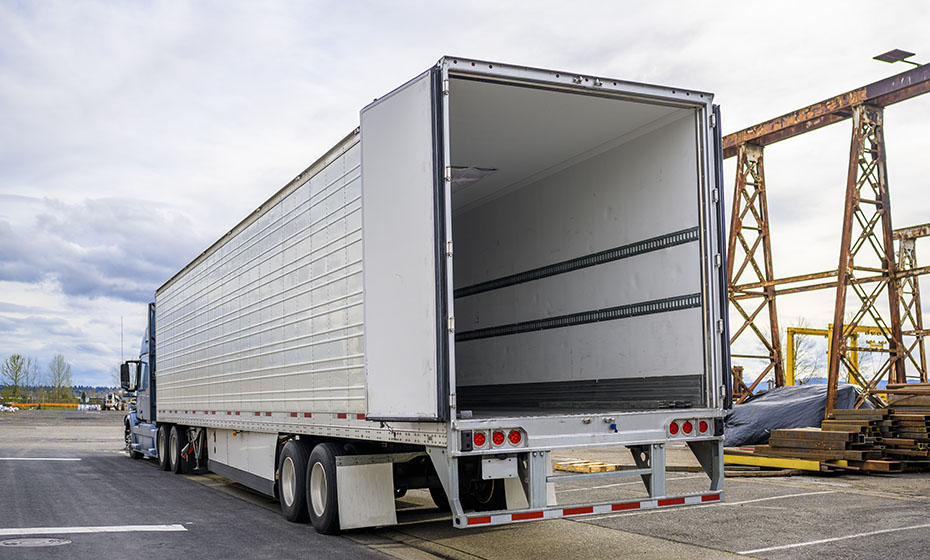
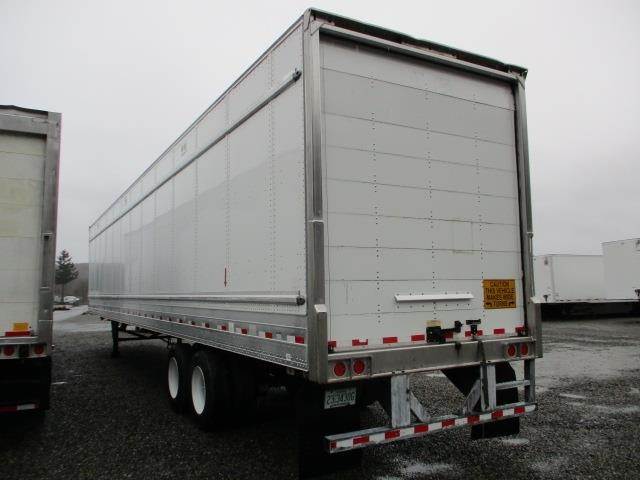
Over-the-road enclosed cargo trailers typically have either swing doors or roll doors. Swing doors, or “barn doors” are designed to maximize the cargo area, requiring no interior hardware. A drawback though, is that when operating at a loading dock, the doors must be opened before the trailer is docked which can be a safety liability for workers moving around a busy yard, or weather conditions affecting ease of movement in windy conditions.
Roll-up doors offer a practical solution to the shortcomings of the swing door. If you can give up some interior cargo square footage for the door assembly, and can manage a reduced opening clearance, it may be worthwhile. This option allows the doors to be operated when securely parked at a dock. If you do curb-side deliveries, or multiple deliveries in a single route, the roll door is efficient for quick open and close.
As mentioned, the curtain-side trailer is a great option for loads that may need to be loaded or unloaded from the side, with the curtain open.
Another element to consider with your cargo access is loading and unloading. If you typically load and unload at a dock, then a standard rear bumper assembly will be fine. But, if you have deliveries that don’t have a dock, consider adding a rear lift-gate. This will easily provide a safe and secure way to move cargo from trailer deck height to ground level.
When you are traveling down the road, the one thing you do not want is loose cargo. Any amount of rolling or rocking could be the trigger needed for an accident – jack-knifing or rolling. To eliminate this, be sure you spec your trailer to have all the cargo security needed to block and brace your load. Items such as load bars and straps, friction mats, dunnage bags or bracing and blocking can help prevent cargo from shifting. Much of these accessories depend on E track, a simple cargo control system that should be spec’d into your trailer fleet. E track is available in both a vertical and horizontal style so you can secure either from the side walls of the trailer, or from the floor, or both.
Let’s face it, after driver compensation, the highest operating cost to a fleet is fuel. If the average driver is traveling 120,000 miles per year in a tractor-trailer that gets about 6.5 MPG, and with current diesel prices at $4.614 (stat from AAA, national average as of January 20, 2023), that one rig spends over $85,000 a year on fuel. And that’s just one truck. Given these statistics, consider all the ways you can improve fuel efficiency. Beyond driver habits and maintenance, there are ways to help save on fuel when spec’ing your trailers
Semi-trailer skirting is the material fitted between the rear axle of the power unit (tractor) and the trailer axle. They can be made of fiberglass, aluminum, or plastic to provide flexibility and keep added weight down. They improve the aerodynamics of the semi-truck and trailer by reducing drag. According to the NACFE, skirting offers a 1-5 percent fuel savings over trailers without skirting. For larger fleets, this can be a significant savings.
Another device used for improving aerodynamics is a rear fairing, or trailer tail. When these are open, they look like sails or wings. They help to direct the airflow behind a trailer and reduce drag from the low-pressure that develops in the wake of a trailer. With these devices, fleets can add another average 3 percent fuel economy improvement.
You may think that’s a lot of information for “just a trailer”, but as you can see, many aspects of the trailer work together to ensure you get exactly what you need for your payload. Bergey’s Truck Centers have trailer specialists ready to assist you in spec’ing the right trailer for your needs. When you’re in the market for adding trailers to your fleet, contact us. As an authorized dealership for both Wabash and Strick we have the products and the expertise you can count on.
